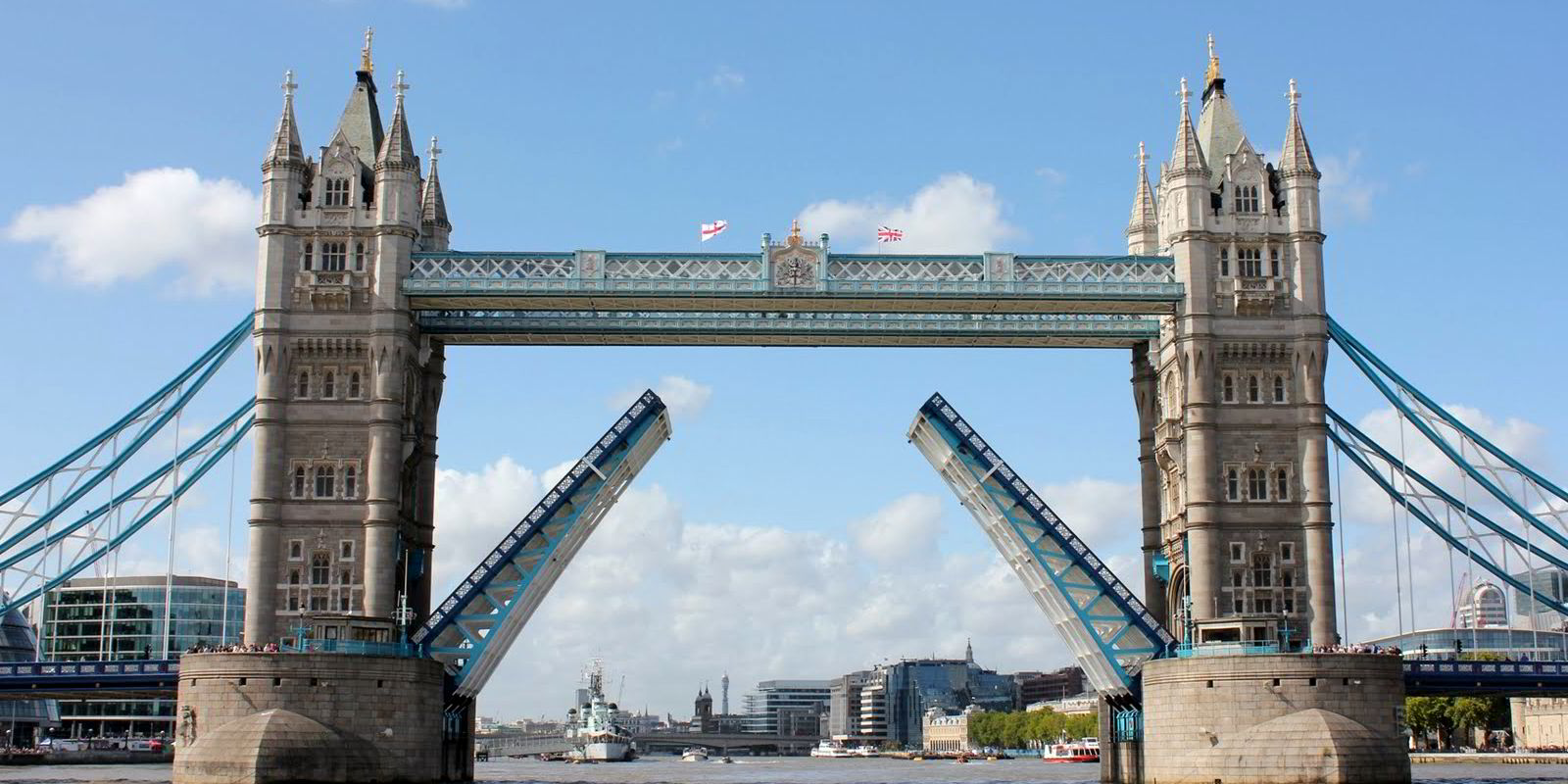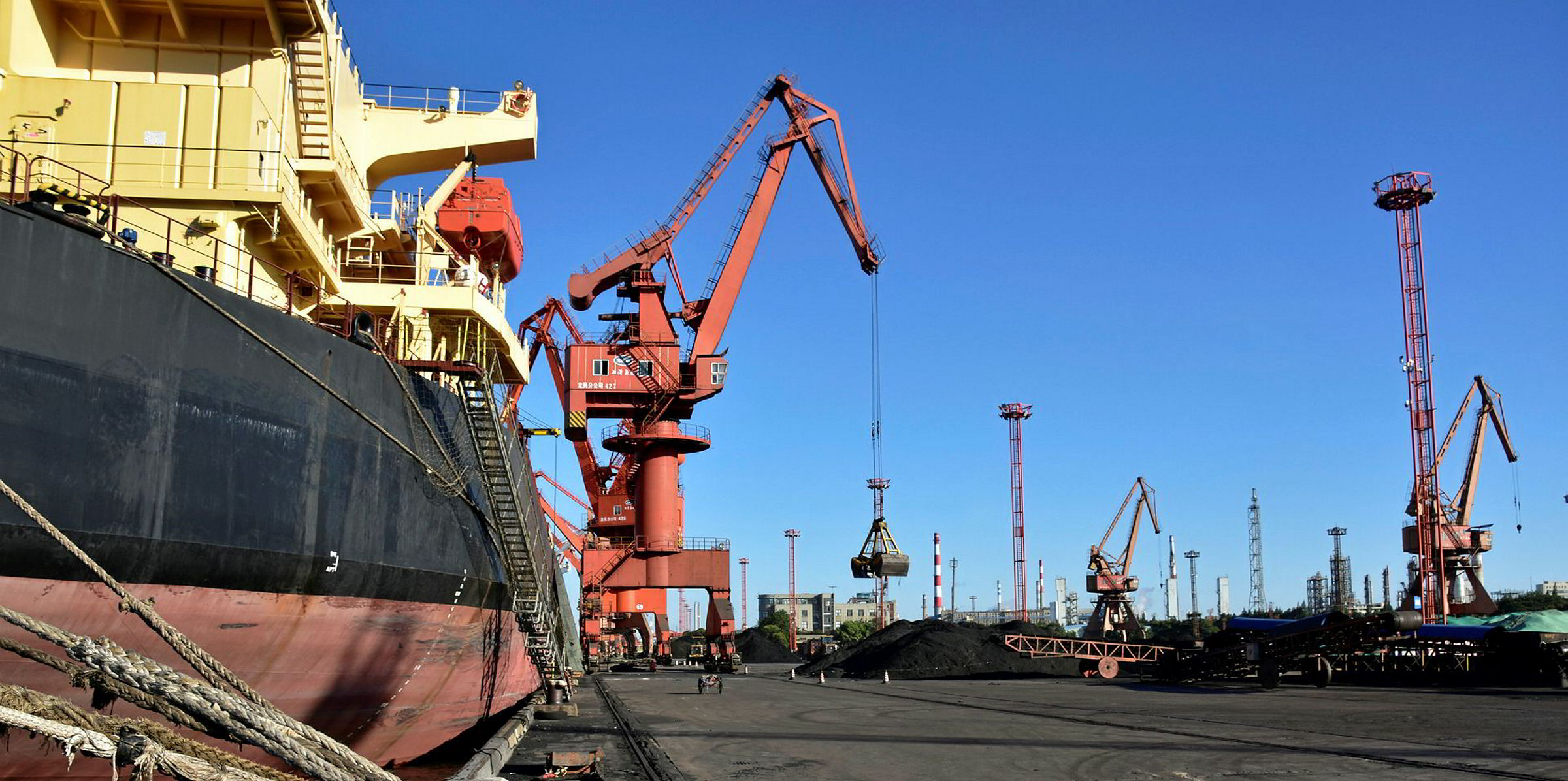Shadow capacity which has underpinned an upturn in dry cargo rates during the past two years will keep capesize earnings range bound despite the introduction of IMO 2020 legislation, according to Marex Spectron.
While ton mile demand driven by rising Brazilian iron ore shipments to China is in the shipowners’ favour, the gap between the number of capesize bulkers on the water and the cargo carrying capacity of the fleet has been growing since 2009, its head of research says.
Georgi Slavov told a breakfast briefing in London today the supply of shipping capacity is not looking very encouraging.
He says slow steaming of the capesize fleet has masked the increase in vessel numbers, underpinning the recovery of the freight rates.
“The problem is this output gap is there and today there is pretty much nothing that can remove it,” he said.
“In the same way as it helped the recovery in the last couple of years, it will also keep a constant lid of freight rates and will not allow them any meaningful recovery.
“It will simply keep the freight markets in a relatively stable range,” he said, noting every time the market has reached $20,000 to $25,000 per day in 2017 and 2018 it has been followed by a rapid decline as ships sped up.
“It will keep a lid on the freight market for a very long time from a supply perspective,” Slavov said.
Slavov told TradeWinds the introduction of IMO 2020 legislation was an important milestone, but he believed the output gap was too big.
“In any way we model it, the negative impact of this output gap closing is overwhelmingly negative on the rates compared to any IMO uptick,” he said.





